Just because I Enoch isn’t Scripture or written by Enoch doesn’t mean it isn’t a vital window into the first-century beliefs about Genesis 6 and the introduction of evil practices into the world. What did Mt Hermon mean to first-century Jews and why did Yeshua/Jesus make sure that the big announcement about His identity happened in Caesarea Philippi, on the southern slope of this infamous mountain?
If you can’t see the podcast player, click here.
Hi, I am Tyler Dawn Rosenquist and welcome to Character in Context, where I teach the historical and ancient sociological context of Scripture with an eye to developing the character of the Messiah. If you prefer written material, I have five years’ worth of blog at theancientbridge.com as well as my six books available on amazon—including a four-volume curriculum series dedicated to teaching Scriptural context in a way that even kids can understand it, called Context for Kids—and I have two video channels on YouTube with free Bible teachings for both adults and kids. You can find the link for those on my website. Past broadcasts of this program can be found at characterincontext.podbean.com and transcripts can be had for most broadcasts at theancientbridge.com. If you have kids, I also have a weekly broadcast where I teach them Bible context in a way that teaches them why they can trust God and how He wants to have a relationship with them through the Messiah.
All Scripture this week comes courtesy of the ESV, the English Standard Version but you can follow along with whatever Bible you want. A list of my resources can be found attached to the transcript for Part two of this series at theancientbridge.com.
I took a class on this some years ago but I never thought I would actually teach about I Enoch. It’s such a minefield with people feeling very, very emotionally attached to it and it even shows up in some Messianic Bibles. But, if you are passionate about I Enoch I am going to ask a favor. Remember that you and I are united as family in Messiah and we are supposed to love one another. I might say things that you disagree with but I beg you to hear me out or just turn this off and not be angry. You know me—I would never delegitimize any of the sixty-six books of the Bible but I do not believe that I Enoch is or ever was Scripture and I will talk about why I believe that but in order to understand why Mt Hermon figured so importantly into last week’s teaching and next week’s teaching, you need to know what the Second Temple period beliefs were about how Genesis six should be interpreted. I am not going to comment on whether or not they were correct because I honestly have no idea. I will tell you that I Enoch is a bridge between their henotheistic background of worshiping many gods with Yahweh at the apex of their hierarchy, and true monotheism, which was finally becoming solidified but wasn’t quite there yet. And I will explain that. If you end up disagreeing with me, that’s fine, I am perfectly okay with not being your personal Holy Spirit and I am not going to manipulate or shame you because that would be silly. People can disagree with me and it just doesn’t really phase me at all. And really, it is important that people be able to disagree with one another without it being a source of division. About fifteen years ago, when I was in an immature snit about something, Yahweh used His outside voice with me—the one that feels like a holy 2×4 of correction and told me to never be willing to be divided from anyone based on anything except “Christ and Him crucified.” Of course, I forgot that my first two years studying the Torah and I was a total jerk but He brought me around again. Funny how mean we can get from studying the Bible, when it is supposed to give us better fruit—but good fruit happens when we allow the Bible to change us. Bad fruit is what happens when we use it to prove how much better we are than people who “don’t get it.”
Okay, well there was my opening monologue. Let’s get down to business. Two weeks ago, Yeshua was taking his disciples to Caesarea Philippi, which is on the southwestern slope of Mt Hermon, which was notorious for being an ancient pagan site for the people of Israel. Last week, he continued teaching them the unimaginable—that He won’t be the kind of Messiah they had been expecting. So, Mt Hermon–Dan is there, where Jeroboam set up one of the two calves when he decided that he needed to stop the northern kingdom of Israel from going down to Jerusalem for the feasts. It is also the site of the ancient Israelite cities of Baal Gad and Baal Hermon. According to Josh 12:5, and 13:11-12 Mt Hermon was a part of or at least bordered on the region of Bashan that was ruled by King Og—one of the Rephaim. Between the Hebrew and the Greek and the extra-biblical texts, we have various words that are used to describe the Rephaim but they also seem to be shrouded in quite a bit of mystery. English translations of the words describing them are “Giants,” “Rephaim,” “Rephaite,” “Rephaites,” “Titans,” and “Zamzummim.” But what is important to know is that the literature identifies them specifically with Mt Hermon and they were unusually tall by anyone’s reckoning. Although the Masoretic text puts Goliath, for example at six cubits and a span, being about 9’6”, the Septuagint text, Josephus, and a text among the Dead Sea Scrolls, which are all older, put him at 4 cubits and a span, or 6’6”. Nowadays, people don’t blink at someone who is taller than 6’ but you need to understand that King David was probably about 5’6” if he was tall and probably not what we would call stocky in build. If you ever want an idea of what a 6’6” Goliath would look like compared to a 5’6” slighter build David, just look at me standing next to Ryan White one of these days. I am 5’1” and he is like 6’2”. My build is medium and he has these massive shoulders and is really a big guy—not overweight big but big. Let me tell you that having someone tower over you like that in full armor and a huge spear or sword would be incredibly intimidating. You’d run, unless you were stupid. Or the anointed king of Israel, just sayin’. If the Masoretic text is correct, then we are dealing with someone nine and a half feet tall. King Og’s bed, at 13.5 ft long according to Deuteronomy, interestingly enough is the exact same dimensions as an odd dolmen discovered in the region of Amman, Jordan. As this was the type of burial practiced in the region, it is certainly interesting. Of course, it wouldn’t be Og’s tomb because that is too far south in the territory of Sihon of the Amorites instead but the Bible says that the Anak, who were also reputed to be giants, lived there. As much as we might wish that the Bible was more forthcoming with information—it isn’t but then, as Professor Walton likes to say, “The Bible was written to us but it wasn’t written for us.” It was written for people who didn’t need this explained to them.
Which brings us to Second Temple pseudepigraphic literature like I Enoch and sectarian hoaxes like Jubilees (and I talked back in December about why Jubilees is absolutely not to be regarded as authoritative). Unlike Jubilees, I Enoch isn’t a text designed to deceive in order to promote a calendar that suffers from the same fatal flaw as the one it says is evil, nor was it written in order to promote an anti-Hellenistic/pro-Hasmonean agenda. I Enoch is what scholars call pseudepigraphic, meaning it was written as fiction, on purpose. Over time, it came to be known by the name of Enoch because he was the main character. We see a lot of this sort of fictional material during the Second Temple Period when authors wanted to explore and record popular beliefs about things not covered in Scripture. As a result, during this time period, you have an extreme preoccupation with angelology. Let’s talk about angelology real quick in order to explain why we can’t take this as scripture but must see it as part of the natural progression of the Jewish religion out of henotheism and into strict monotheism. And the reason I do this is not to discredit I Enoch as a source because I am about to use it as a source, but why I don’t use what it says as authoritative truth. It is true in that it accurately reflects Jewish beliefs about Genesis 6 during this time period, but not Scriptural truth. In fact, it was never written with the intention of being placed alongside the Bible.
This is a problem I see with some groups—this idea that Jews didn’t write fiction. In fact, in discussing it one day someone flat out asked me why Jews would write fiction about the Bible and I told him that every culture writes fiction about what is most important to them, what they want to explore the “what ifs” about and to write down what they think really happened. I do it myself when I teach and I take the Bible and what I know about history and say, “This is what I think was happening here.” I am not lying, it isn’t clearly written out and so sometimes I have to make an educated guess based on evidence. Well, with works like I Enoch and the Testaments of the Patriarchs and other works of this time period, they were like 2000 years removed from the actual events and superimposed their own beliefs, which were colored by a very different sort of cultural experience, and injecting their own thoughts and agendas and beliefs backward into Biblical events. I mean, Genesis 6 happened—let me quote it here really quick.
6 When man began to multiply on the face of the land and daughters were born to them, 2 the sons of God saw that the daughters of man were attractive. And they took as their wives any they chose. 3 Then the Lord said, “My Spirit shall not abide in man forever, for he is flesh: his days shall be 120 years.” 4 The Nephilim were on the earth in those days, and also afterward, when the sons of God came in to the daughters of man and they bore children to them. These were the mighty men who were of old, the men of renown. 5 The Lord saw that the wickedness of man was great in the earth, and that every intention of the thoughts of his heart was only evil continually. 6 And the Lord regretted that he had made man on the earth, and it grieved him to his heart. 7 So the Lord said, “I will blot out man whom I have created from the face of the land, man and animals and creeping things and birds of the heavens, for I am sorry that I have made them.” 8 But Noah found favor in the eyes of the Lord.
The Jews of the Second Temple Period associated this event with having begun at Mt Hermon, and we will talk about why in just a bit. It was supposed to be ground zero for the pre-flood wickedness. Not Adam and Eve and the introduction of sin into the Garden, that’s different, but this was believed to be the introduction of wickedness into the earth and we will see a few sketchy things thrown into I Enoch that really smacks of Hellenistic and Persian influences. I mean, Adam and Eve rebelled but if what they did was the full extent of sin today or even the occasional fratricide, the world would be a much better place. A better place, not a good place. For good, we will have to wait for the New Jerusalem to descend. Until then, we are stuck with wickedness, and texts like I Enoch tell us how people of this era believed—whether based on handed down oral histories or new fictions—how they believed it all happened way back in Genesis 6. As such, these beliefs fall into the category of “common beliefs” that wend their way into Scripture and our ideas about what it means and the truth is that we don’t know where the truth ends and the fiction begins, which is why this literature is best classified, in my opinion, as historical fiction. Historical because it is based upon the historical Biblical text and involves a real person, Enoch. Fiction because it was obviously not written by the historical Enoch (it has nothing in common with ancient Near Eastern texts of that era) and is obviously greatly influenced by Persian and Hellenistic culture, as well as the henotheism of First Temple Period Israel. In addition, it reflects attitudes that are diametrically at odds with the revelation of Yeshua and how God deals with sinners. It is very much in line with other sectarian documents and fictions of this era that were obsessed with the idea of the divine destruction of men and not with their future redemption as we see very clearly in the prophets.
Now, since I mentioned it, what is henotheism? There are four different kinds of deity-based religions—polytheism, monotheism, henotheism, and monolatry. Most people are familiar with the first two and have never heard of the latter two but let’s review them all.
Polytheism is more than simply the worship of many gods – it is to have gods who don’t even remotely care if you are seeing other gods on the side. The worship of the main city god in the ancient world was the job of the priests and kings, the common people worshiped the household gods – they had pantry gods (snakes to keep the mice away), ancestral teraphim, the god of the hearth and a number of other minor deities. Examples of polytheism in today’s world include animism, Taoism, Shinto, and some forms of Hinduism. Perhaps shamanism as well, as they practice a religion that recognizes the existence of supernatural entities that they must appease. And I am not talking about new age shamanism—that’s not the same thing. All new age religions are romanticized versions of what they think the actual folk religions of other cultures are. They are never based on legitimate scholarship. It’s a lifestyle more than a theistic belief.
Monotheism is the worship of one God while rejecting the idea that there are any other gods. Christianity, Judaism, Islam, and some forms of Hinduism are monotheistic. Monotheism is marked by the existence of a jealous god who does not permit any other worship besides their own.
Monolatry is very similar to henotheism and it is what we see in Mormonism – the belief that there are many gods but it is only acceptable to worship one. The other gods have no jurisdiction and therefore they are not to be worshiped. Monolatry is exclusive polytheism – you can only worship one god but there are a great many. With respect to Mormonism, the justification is based on a grave misunderstanding of the concept of the Divine Council present in the throne room of God and alluded to throughout Scripture. They are the witnesses to His works and His servants. I recommend Dr Michael Heiser’s excellent book The Unseen Realm if you would like to learn about that. I read it years ago and if you read the footnotes, he offers his Ph.D. thesis on Divine Council to anyone who asks for it which, of course, I did. It was groundbreaking.
Henotheism is the primary worship of one of a group of gods, while not denying the others, or necessarily ignoring them is what we see in the pages of the Bible throughout Israel’s history going all the way back to the times after the death of Joshua and Caleb. Because of this mindset, this belief in regional gods who serve under Yahweh, idolatry was tolerated and even flourished. After all, this system put Yahweh at the top of the pyramid, but while recognizing the other “gods” as minor deities and so Israel saw herself as faithful even though she was committing spiritual adultery. In the henotheistic mindset, it is okay to also acknowledge Ba’al or Ashtoreth as regional gods with local control as long as the main focus of your worship is Yahweh. Obviously, to us at least, this was not acceptable to the one true God.
So, Henotheism, and not monotheism, is what we see going on in Ancient Israel. Whereas other nations only worshiped their own gods, and were therefore polytheistic, Israel worshiped Yahweh and the gods of all the other nations around them to varying degrees of severity over the years. In this way, they were far more unfaithful than the nations around them and this was why they were repeatedly called on the carpet for whoredom. The Moabites weren’t worshiping the Egyptian gods and the Egyptians weren’t worshiping the Phoenician gods – everyone but Israel worshiped their own gods. Now, the Egyptians recognized the Phoenician gods and the Moabite gods as being absolutely real, but they weren’t the gods of the Egyptians – they were centered in other countries and therefore weren’t really a concern.
But Babylon changed everything for the Jews. I talked about this in my series Isaiah and the Messiah but the Judah that went into exile as full-blown heathens who also happened to worship Yahweh, but came out a much different people. However, that doesn’t mean that henotheism was hard to give up. They still had the mindset that the spiritual world was populated with beings who may not have created everything like Yahweh did, but that didn’t mean that Yahweh alone was in charge of the functioning of the universe or that He had set laws in place that controlled things like the rain and the tides and the sun and all that jazz. They modified their beliefs just enough to keep their need for spiritual beings who weren’t simply the worshippers and messengers and heavenly warriors we see in Scripture, but actually in charge of how things operated. So, their beliefs didn’t fundamentally change, they were just altered. There was only one God now but He was a God who had angels running things for Him instead of minor deities. They still didn’t see God as fully in control of the universe and having set up a system that was sustained not by angels but by the power of His word. (3 He is the radiance of the glory of God and the exact imprint of his nature, and he upholds the universe by the word of his power. After making purification for sins, he sat down at the right hand of the Majesty on high, 4 having become as much superior to angels as the name he has inherited is more excellent than theirs. Heb 1:3) Hey, it was a step in the right direction but it was very much influenced by their experiences under the Persian occupation. And so Enoch is full of named Angels who are in charge of this and that. We find nothing of the sort in Scripture—where some angels sit on the Divine Council, and we see others and Messengers or in armies, but certainly nothing like we see in I Enoch.
But, as I have said before, I Enoch shows us how the Jewish people were interpreting the whole Nephilim incident and I am going to just briefly summarize that for you in this teaching so that you see why Yeshua went with His disciples to Mt Hermon. And if you would like an excellent book on this, Dr. Michael Heiser wrote a book called Reversing Hermon which looks like a sensationalist junk book, I admit, but the scholarship is solid. I don’t always agree with all of his conclusions, but I cannot fault his research. Dr. Heiser doesn’t see I Enoch as Scripture either but as valuable for context into the first-century mindset. A lot of times, that’s all we have to work with—what were they thinking and so why was Yeshua communicating with them the way He was. And we will see this is important because I Enoch gets quoted in the Bible so this understanding, even if it wasn’t Scripture, was deeply ingrained into the pop culture of the times. Just like the naming of Jannes and Jambres, the unnamed Egyptian priests from the Exodus account (according to Origen, he was quoting from the lost apocryphal legend The Apocryphon of Jannes and Jambres the Magicians) and the quoting of Greek philosophers by Paul. The Bible incorporates cultural understandings—which is why we see David with a teraphim, an idol, in his bedroom that he obviously had no problem with. One big enough to pose as him asleep in his bed when he escaped his father-in-law’s soldiers! At no point do we ever truly escape our cultural mindsets—all we can do is try. What we cannot do is say that just because the Bible quotes from something or even agrees with it on points that it lends authority to the text. So, again, important for context but not Scripture.
Just a few notes here to talk about the problems with the idea that I Enoch was written in pre-flood times or even before the Hellenistic era. One, pick up your Bible, look at that big old thing. How many angels are named and how many times? Michael and Gabriel are named and not until Daniel which was written, at the earliest, during the Persian era and quite possibly during the Hellenistic, or Greek, era. And they aren’t named often. There are also two potential descriptions of fallen angels in the names Satan and Apollyon. But that’s only twice in the Gospels and again in Revelation—when we see Satan in the Hebrew Scriptures, like in Job, the phrase “ha satan” or “the adversary” is sometimes translated as a real name but it isn’t entirely warranted by the text. The Lucifer mention in the KJV doesn’t count because that is not what the text says. It’s a corruption of the meaning of the text from the Latin, which translated “day star” with the Latin word for the planet Venus. It isn’t until the Gospels that Satan becomes a title—but still it is not a name. The Scriptures do not seem to be interested in honoring the adversary by giving out his name, just by giving him a description as a label. But Enoch is packed full of named Angels, something that was important in heathen religions with all of the named deities in charge of this or that. But it is unheard of in the Hebrew Scriptures, this obsession with naming anyone other than Michael and he only gets a few mentions in Daniel and two more in Jude and Revelation. Gabriel is named three times in Daniel and twice in the Gospels.
Enoch names a ton of Angels, gives us their job descriptions, and—because I Enoch is not one work but a collection of eight different documents written by different authors at different times—the list of angels and their jobs varies from document to document. So, there is a lot of disagreement between, say, the names and leaders and transgressions in the list in the Book of the Watchers, starting in chapter six, and the names and leaders and transgressions in the lists of the Book of Parables, in chapter 69. The names are entirely different. So, despite the fact that the different books in Enoch make reference to other Biblical writings, they are kind of a hot mess in being inconsistent and not at all in line with the revelation of how Yahweh deals with sinners in the Gospel. I chalk it up to the Greek and Persian mindsets of being very obsessed with the workings of the Heavenly realms, with an obsession with all things pertaining to possessing a knowledge of the gods.
I will be totally honest here, the Nephilim bit from Genesis 6 makes me extraordinarily uncomfortable and I hate talking about it but oh well. Life is bigger than my comfort zone. I will be upfront and honest that I don’t know where fact ends and fiction begins—I don’t, but I can tell you what they thought about it. After all, whenever very little or next to nothing is said about anything in Scripture, be it Nephilim and Rephaim, or Melchizedek or Nimrod, legends spring up and take on a life of their own without anything to back it up. And especially with these three topics, which is why they are so needlessly divisive and sensationalistic when handled improperly or used in the service of agendas. So, we have to be very careful to discern the difference between what the Bible does and does not support, while taking into account what the people believed and how Yeshua worked around their beliefs sometimes while dashing their beliefs at other times. Not all things need correcting and we know that Yeshua could have spent another eighty years just sitting around dealing with what folks had wrong but there was no time. So, as he does with us in our own lives and where we are at any given moment, He communicates with people according to their cultural paradigm. Of course, that makes the Bible more difficult for us to understand but that’s also what makes it fun and encourages us to dig deeper into what He was communicating to them.
But, according to I Enoch, it was the belief of Yeshua’s first-century audience that what happened in Gen 6 should be read exactly how it looks (and really, it causes the fewest problems later on with the existence of giants if we just go ahead and take it as written)—that angels left their heavenly estate and took human women as wives. Those women gave birth to the Nephilim, which were a hybrid. And those fallen angels taught the women about all sorts of “rejected mysteries” which brought gross sin into the world, beyond rebellion and murder. And that this happened when two hundred angels descended upon Mt Hermon, where Yeshua was heading in the teaching last week on Mark 8 and Peter identifies Him as the Messiah on the way, and these angels all took an oath together to take these wives and to all sink or swim together, so to speak because the guy in charge of the rebellion wasn’t willing to do it if he was the only one who was going to take the heat. So, in Jewish thought and maybe in reality, Mt Hermon was ground zero for the introduction of the rejected mysteries of heaven into the world and responsible for the thoughts of all mankind to be perpetually evil. Genesis 6 doesn’t say any of this—all it supports is that the Nephilim are a human-angel hybrid. Certainly, nothing is said about these divine mysteries—and I want to look at them for a minute here and talk about why they don’t all ring true with me as originating in the Heavenly realms—but just because I am discounting some doesn’t mean that I am completely against the idea of angels introducing some things that were beneficial and harmful. I am going to go with the Lexham English Septuagint, which has some sections of I Enoch in it, because I was too lazy to transcribe E. Isaac’s from the book I recommend –James H Charlesworth’s The Old Testament Pseudepigrapha—and I Enoch is in Volume I but I recommend picking up both volumes if you want to be familiar with second Temple writings from responsible sources.
7 Then they took for themselves women, each of them choosing a woman for themselves. They began to go to them and defile them. And they taught them sorcery and enchantments and cutting of roots and explained herbs to them. 2 But those who ⌊became pregnant⌋ brought forth great giants from three thousand cubits. 3 These giants ate up the produce of the men. When the men were not able to provide for them, 4 the giants had courage against them and ate up the men. 5 And they began to sin against birds and wild animals and reptiles and fish, and each one of them ate up the flesh and drank the blood. 6 Then the earth brought up charges against the lawless ones.
8 Azael taught the humans to make swords and weapons, shields and breastplates—the lessons of the angels; and they showed to them their mining and craftsmanship, anklets and adornment, powders and painted eyes, and all kinds of chosen stones and dying. 2 Much ungodliness and prostitution happened and they were led astray and ruined in all their ways. 3 Semiaza taught enchantments and cutting of roots; Armaros, spells of healing; Rhakiel, astrology; Chochiel, the science of symptoms; Sathiel, watching the stars; Seriel, the course of the moon. 4 Therefore the cry of the utterly destroyed people went up unto heaven. [1]
The reason their cry went up to Heaven, according to the author, is because these 4500 ft tall (some translate this 450 instead, depending on how you want to translate pechys as either the 18 inch (usually) cubit of Revelation or the much shorter “ell”) giants were eating everything and anything. That’s right, 450ft tall giants, which begs the question of why giants like Goliath and his brothers were so teeny. I mean, if this happened again after the flood destroyed the first batch (and this is the stated reason for the flood in the Book of the Watchers, which is the first section of what we call I Enoch), then it isn’t like they could mate with human women again and make smaller hybrids, right? The hybrids could mate with one another and have babies but they would be giant babies—I mean presumably the Nephilim weren’t all male. But first, they were content to eat fruits and veggies until there weren’t enough and then they ate people and only then did they start eating birds and animals.
But here we run into a problem—or another problem because that is significant. Gen 4:22 says that it was one of the descendants of Cain who figured out how to do metalworking—nothing about it being illicit knowledge which is collectively claimed later in I Enoch to be “rejected from heaven.” And why on earth would angels know about makeup as a heavenly mystery? This makes no sense unless seen as a huge polemic against pagan cultures who oppressed through the art of war, whose women were ornamented not only with makeup but with a lot of jewelry (even the Romans looked down on this sort of thing outside of the expected garb of high-class prostitutes), and medical sorcery—in pagan cultures they had amazing medical knowledge but they didn’t think it was enough to set the bone unless you also spoke a spell over it to make it mend, which is quite ironic. I mean, why even fix it, right? It would be after the writing of this that the Roman Empire would ban witchcraft, so that was still an issue. Chapter 69 talks about abortion and reading and writing being some of the forbidden arts. Abortion was probably not an issue during the time of the real Enoch, as children were still considered important for survival, but during Greco-Roman times there was a problem with both abortion and infanticide. But writing with ink on paper? All told, this reads very much like Jubilees as a polemic against the surrounding pagan culture—you might remember that Jubilees had quite the backlash against public nudity, which would be out of place except for the presence of the gymnasiums in Hellenistic Judea and Galilee. As well as an extreme focus on adulterous women, a subject that is hardly mentioned in the Hebrew Scriptures. This is a classic hallmark of Second Temple literature—this polemic against the surrounding influences from heathen nations.
In 13:7, we see a reference to the “waters of Dan southwest of Hermon” which would be an odd thing for Enoch to say over a thousand years before the birth of Dan. But in the time of Alexander the Great, we see that there was a grotto devoted to the pagan god Pan right here at the base of Mt Hermon, on the southwest side, which is not mentioned anywhere in Scripture even in the descriptions of Dan but would have made sense as part of the anti-heathen polemics of I Enoch written during this same time. Grottos, if you have never seen one, are caves near sources of water that flood periodically or have their entrances covered by waterfalls.
So, in their minds, we see that the flood was the answer to this problem of the Nephilim and their murderous rampage, instead of dealing with humanity as a whole in their sin. I Enoch goes on to explain that demons were the spirits of these giants who were killed. Because they were half human and half immortal, when they died their spirits were doomed to roam the earth forever attacking people and especially women. Mt Hermon, to them, is ground zero of everything that has gone wrong with humanity and all the sins of the pagan cultures they see around them. So many of the things forbidden in the Torah and the prophets—divination, sorcery, incantations, sexual sin, oppression, war, necromancy, astrology, idolatry, abortion, infanticide, etc.—they saw that oath on Mt Hermon as the entry point of all these problems. And we don’t know how much of it is true and how much of it was all a fiction designed to explain the presence of so much otherwise unexplainable evil in the world. Certainly, a lot of I Enoch is obviously false and cannot be taken entirely at face value. But, if Yeshua was going to make a definitive statement as to His identity as the one to finally deal with sin and death, human depravity and injustice, the place where He was going to make His final stand and challenge all the spiritual forces of evil? It would be on Mt Hermon. That’s where it would all make sense to His disciples. Whether or not that was where it all went down, and even if that oath never happened or never happened there, it was still the pagan center of the northern Kingdom of Israel, it was where so much went wrong with the Northern Kingdom of Israel where Jeroboam set up that calf idol in order to keep his subjects from going down to Jerusalem to keep the feasts. It was the northernmost center for Jeroboam’s pagan cult worship within the inheritance of Yahweh to His people.
I believe that Mt Hermon is where the transfiguration happened. Which we will look into next week. After that, He descends down the mountain to cast a demon out of the boy with the unclean spirit. It’s the only time we see the disciples fail, there at the base of Mt Hermon. And from there, we see in verse nine the direction that Yeshua and His disciples passed back into the Galilee. If this is right—if Dr. Heiser is right, and I believe he is, then this really brings the transfiguration into perspective. If the fallen angels descended onto Mt Hermon and from there went out to cohabit with women, and gross evil entered the world through that act, then Moses and Elijah descending onto Mt Hermon to meet with Yeshua in order to speak with Him—then it is a sign to the first-century audience that the problem that was created with the introduction of evil by the sons of God was about to be decisively dealt with by the Son of Man. This would have been seen as a second Mt Sinai with a greater Moses by Mark’s audience.
I am going to recommend a few websites, two from friends of mine and two from Michael Heiser. Now, FYI, we don’t all agree on everything but I respect their work and so I am confident in recommending it to you even if you come out disagreeing with me on this or that or the whole thing.
https://davidwilber.com/search?q=enoch
https://www.ryanwhiteonline.com/should-i-study-the-book-of-enoch/
http://www.thedivinecouncil.com/
https://nakedbiblepodcast.com/
[1] Brannan, R., Penner, K. M., Loken, I., Aubrey, M., & Hoogendyk, I. (Eds.). (2012). The Lexham English Septuagint (Enoch 7–8:4). Bellingham, WA: Lexham Press.
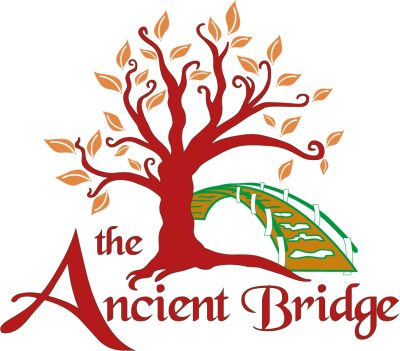
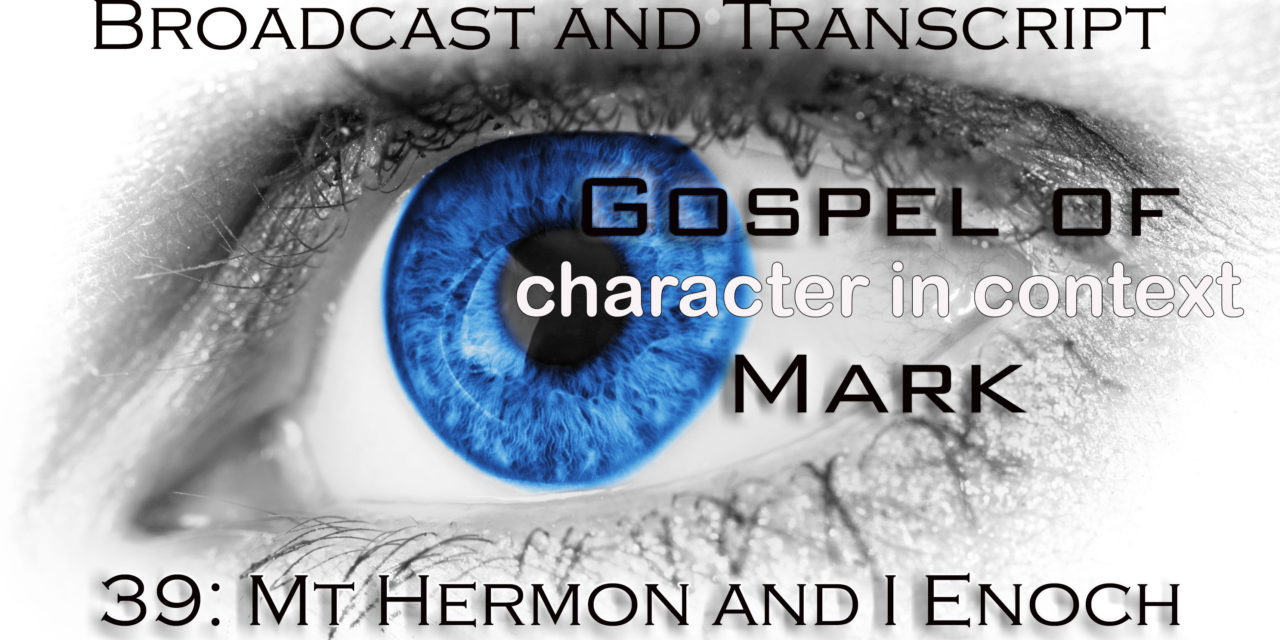



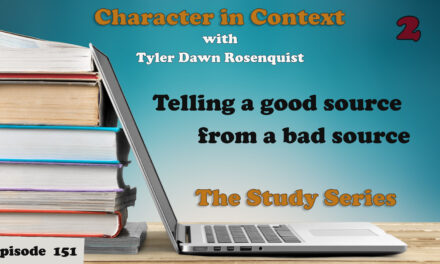
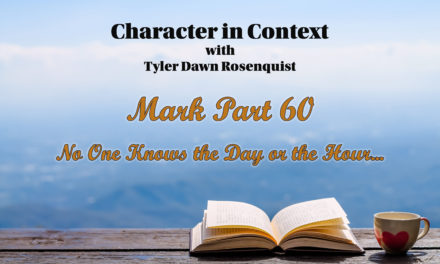
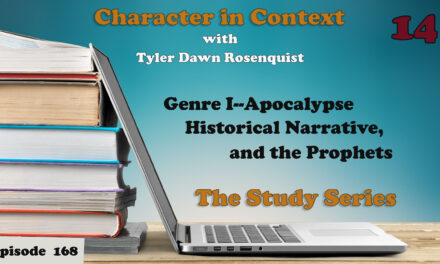
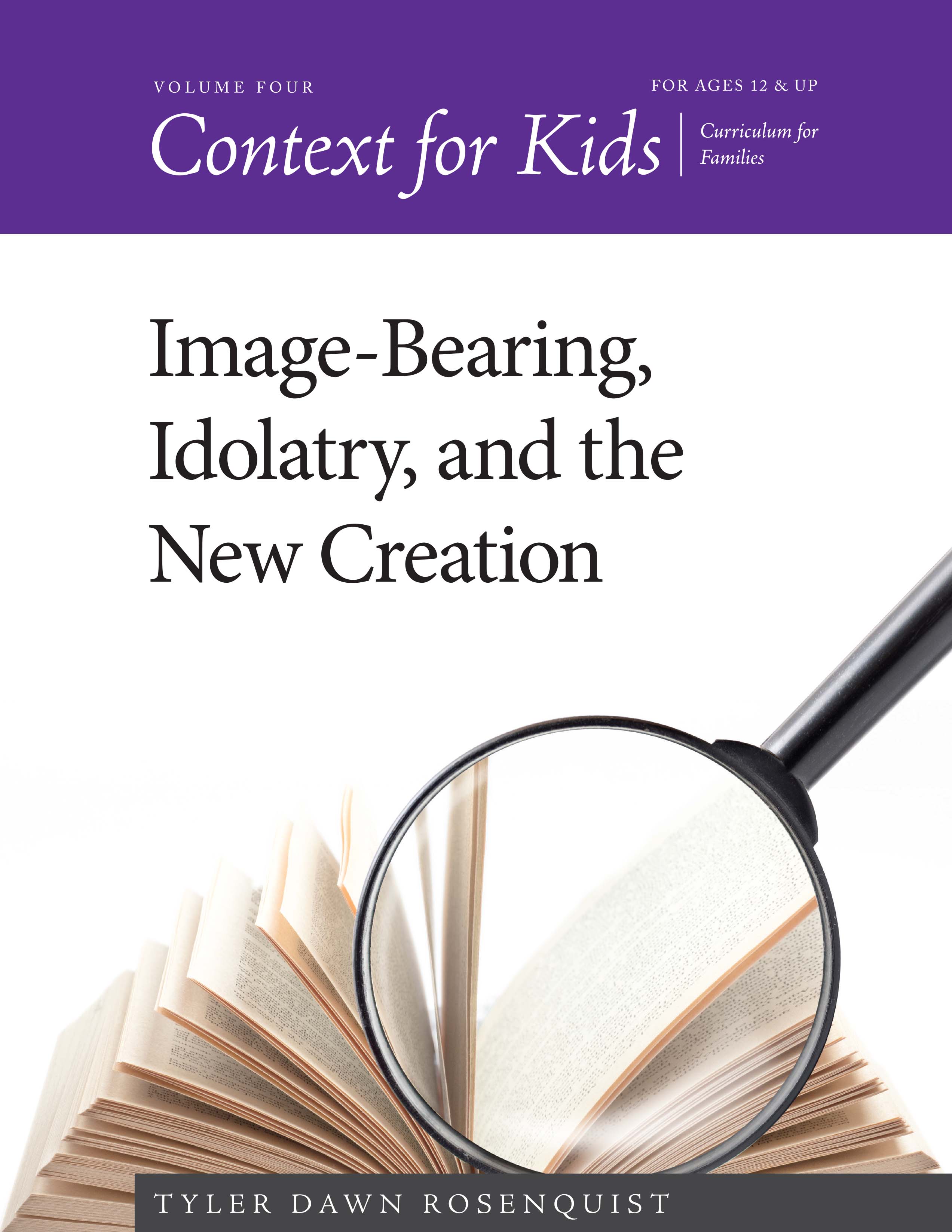
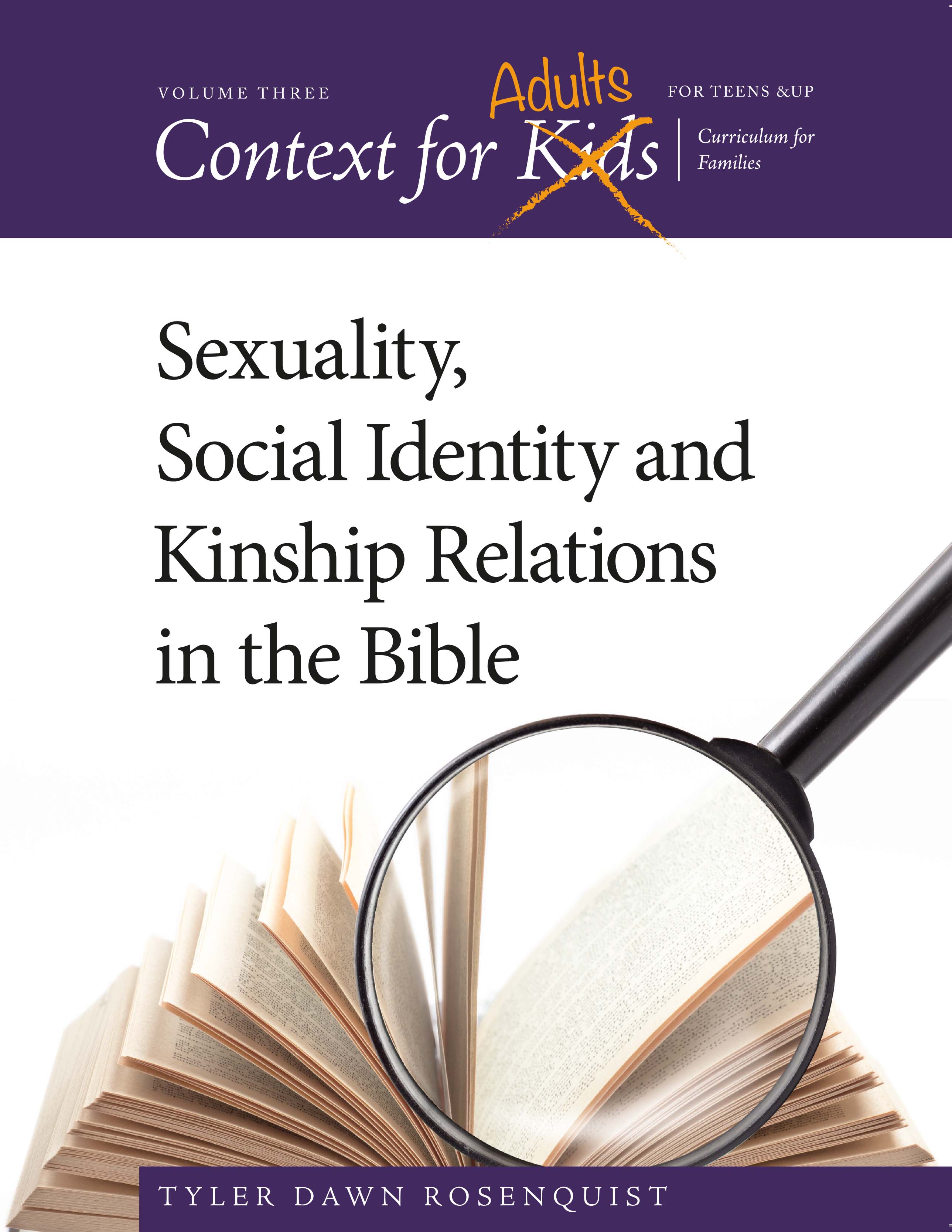
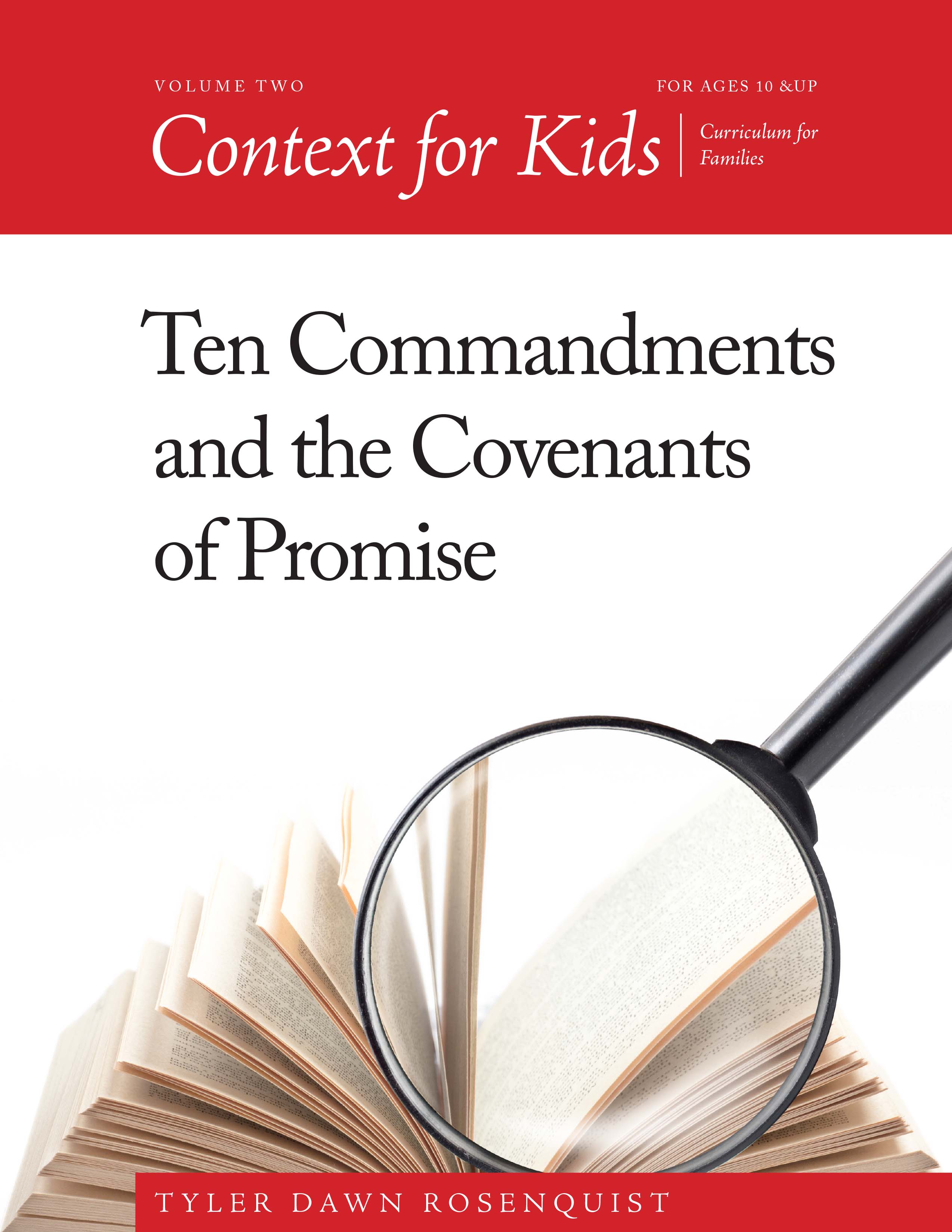
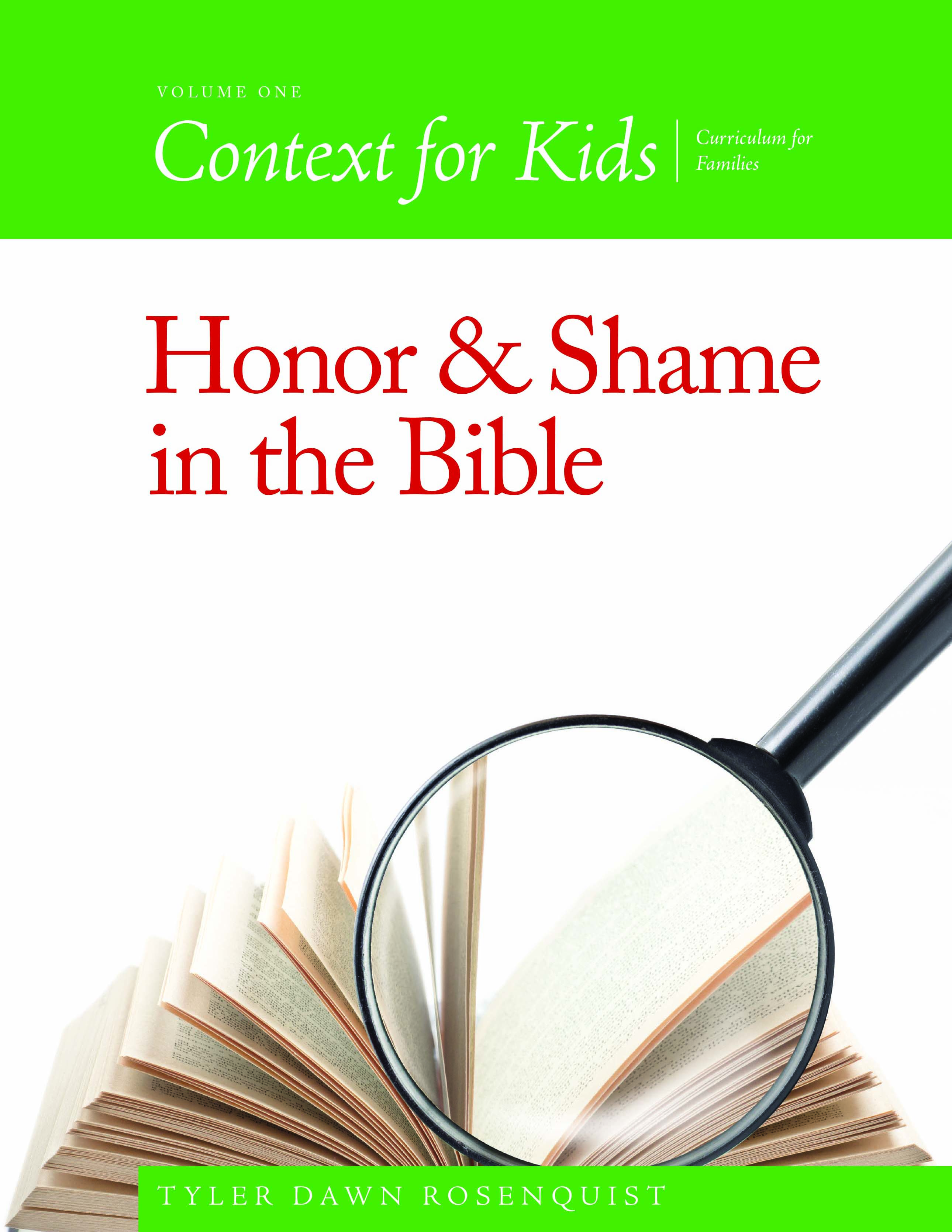
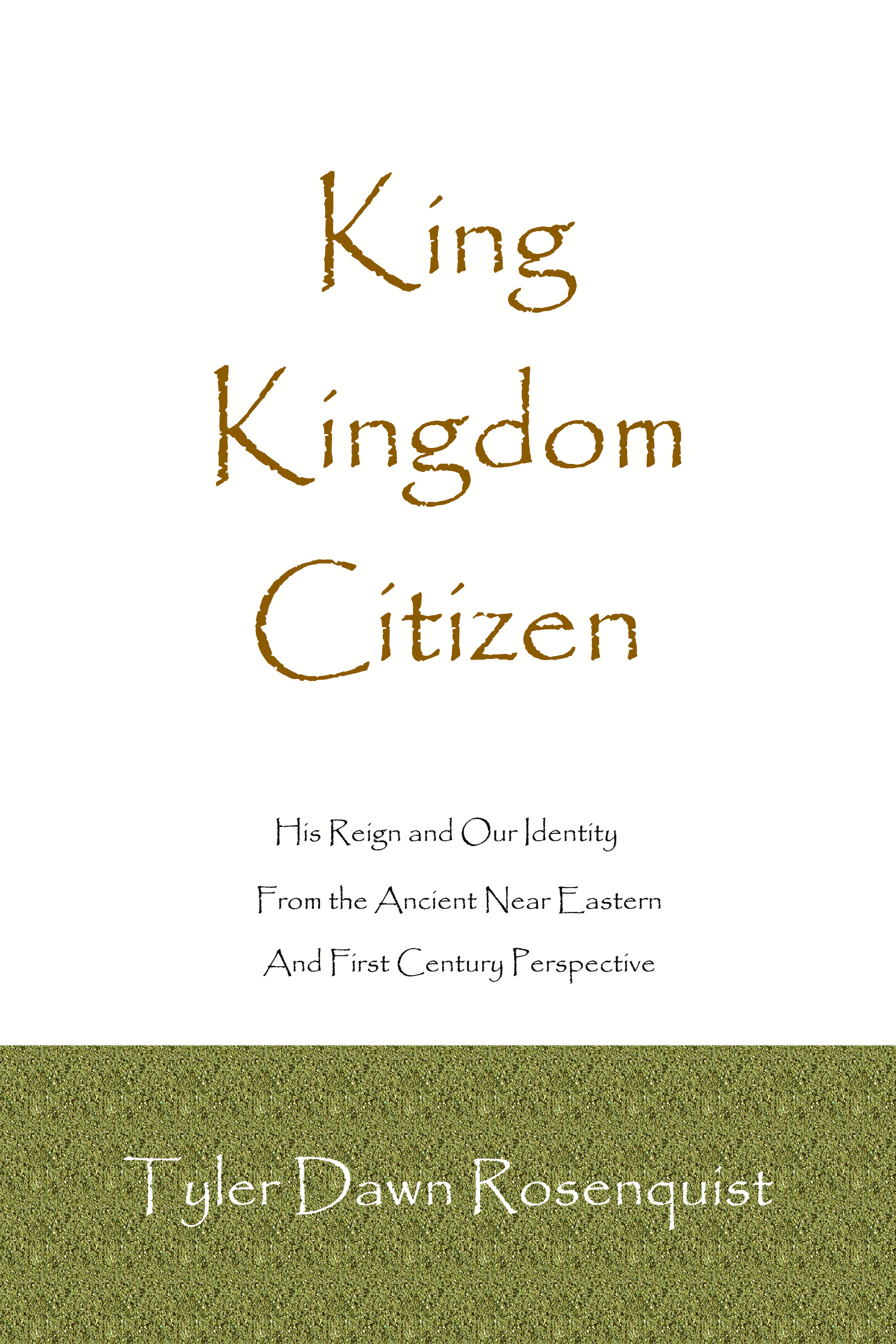
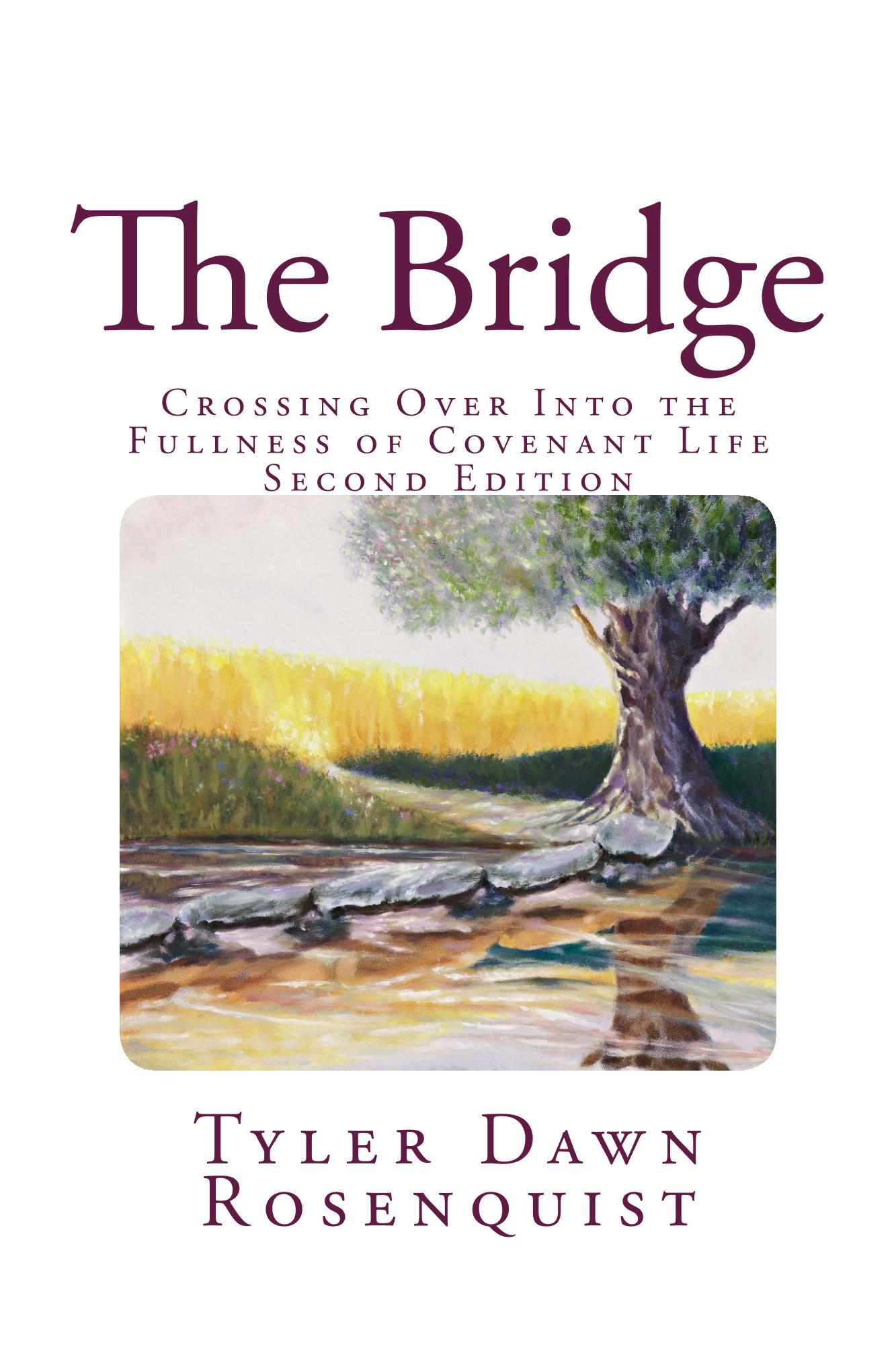


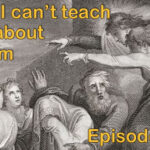
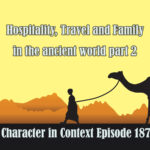
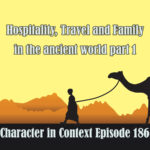

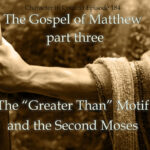

Great article sis!!!! Thank you!!!